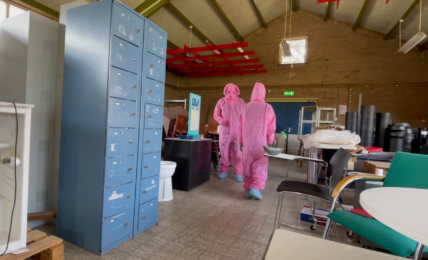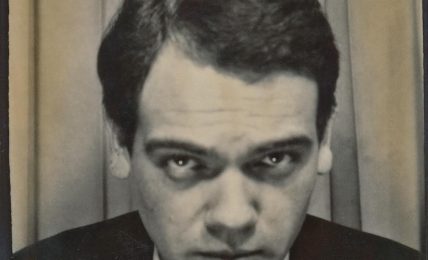Digital America interviewed Emily d’Achiardi in November 2023 about their piece Goodbye Payton (2023).
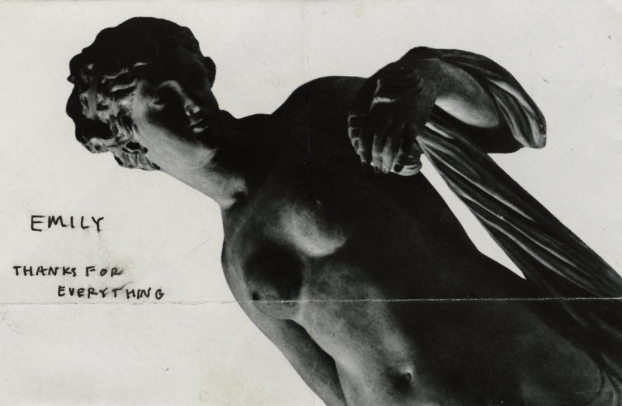
:::
Digital America: “Goodbye Payton” (2023) is a web-based piece that curates the endings, beginnings, and middle of a crumbling relationship using audio recordings and hand-written letters. Relationships are often private, what led you to bring Goodbye Payton to life as a piece of web art that is on the open sea of the internet for all to experience?
Emily d’Achiardi: I’m not quite sure really. I think a lot about the ethics of sharing such personal mementos and creating art about somebody but that is a long conversation… The work originally began as a way for me to process and come to terms with the end of a relationship. This work is very much about my reluctance to let go and it seemed as though the act of reconstructing these mementos provided a way to revisit and make sense of the relationship while also giving it some kind of permanency and form in “the real world”. As the work progressed it allowed me the opportunity to distance myself in a way that felt rather cathartic.
I hadn’t thought much about publicly displaying it until months after it was completed. I find I am continuously interested in introducing the private into public spaces, especially public ones like the Internet. The intimacy and vulnerability that comes from sharing the private in the public is meaningful and ultimately I think this work brings the viewer into the private spaces of my mind and the intimacy of a relationship.
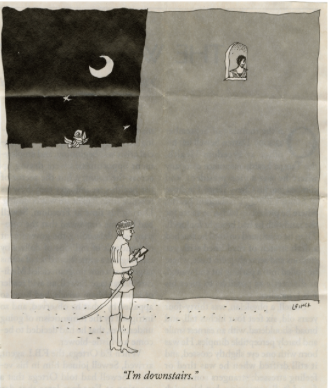
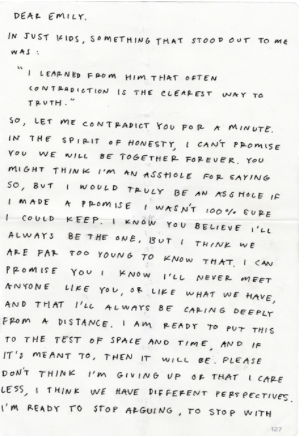
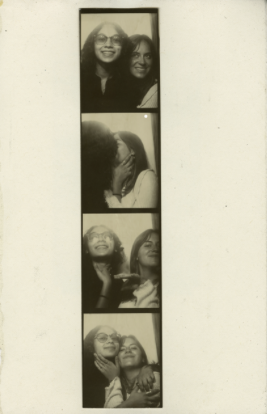
:::
DigA: “Goodbye Payton” combines the sensory media such as audio recordings and hand-written letters with a designed experience on the page the viewer becomes lost between what’s “real” and what isn’t. What other tools of digital media do you, or would you like to, explore in your art to further elevate the experience in these liminal spaces?
EdA: If your question is curious about the inherent unreliable narrator of memory then I think it would be interesting to play with replication and imitation now that AI can realistically generate it. I’ve wanted to add artificial intelligence both visually and audibly in order to truly test what is “real” and what is not or is at least not in the ordinary. I find that this integration could truly disorientate the viewer and mimic the fleeting, ever-changing, and thus unreliability of memory.
DigA: Today, we often experience information overload. In “Goodbye Payton” you force the viewer to slow down and unravel the many distinct forms a relationship can take. How does this intentional pacing affect the viewer’s emotional connection with the story?
EdA: Since the site is simultaneously filled with an overload of information but can only be viewed one at a time, the site not only restricts the viewer from reading the entirety of the text at once or at a glance but also prevents any attempt in doing so. Instead, it invites the viewer to explore the text line by line, revealing further fragments and mementos from the relationship. Ultimately, I think this obstruction mirrors the perspective of an outsider looking into the relationship and that this pacing allows the viewer to experience the unfolding narrative in a more deliberate and immersive manner. The gradual revelation of the relationship allows the viewer to emotionally invest in the narrative as well as mirror the way emotions and memories unravel in real life. As the viewer navigates the site, they become an active participant in the complexities and nuances of the relationship, creating a unique and personal interpretation that transcends the boundaries of traditional linear storytelling.
DigA: You have a personal website with your current work (https://people.reed.edu/~emilyd/contents.html), but when I visited the page, instead of seeing the stack of your works, which was my original expectation, I experienced your work and engaged with it, having to guess where to press next to discover your artwork pieces coded within the page. What is your motivation for your website design, and how do you think it presents you as an artist?
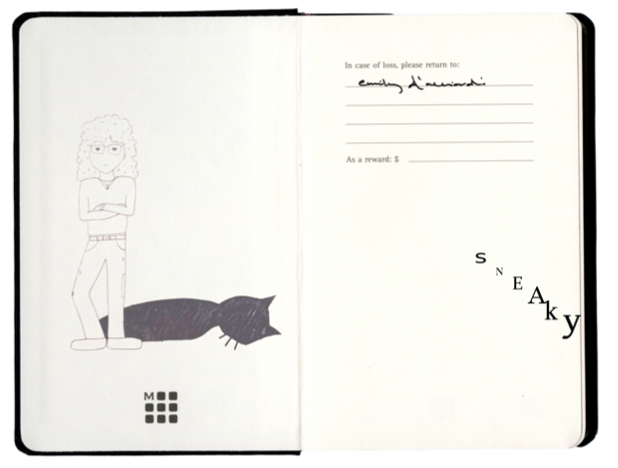
EdA: I actually hadn’t finished the design of it at the time you had seen it. But the website is based on my own personal journal, yet another private space. It is where I have the space to work through my own ideas both thematically and spatially. The design is meant to mimic if a stranger picked up and flipped through a more polished public version of the private journal. Much of my work is interested in the private so having an interface that mimics the private in the public seemed fitting for what is perhaps most central to my work as an artist.
As the journal opens you can click on certain words or phrases on the notebook that will lead you to various other works described in a pop-up window. In a bit of a Proustian manner, the pieces are unpredictable, as you noted, these pop-up windows mimic memory and the ways in which memory can pop up unexpectedly or be intentionally sought out and searched for.
I find that most of my work follows a rhizomatic structure mimicking the emergence of a memory. I hope that they may resemble how memory comes and goes as it pleases. Altogether, my personal site presents itself as a place to get to know me and the manner in which I collect objects, moments, and people.
DigA: Where do you find inspiration for your art? And what pieces are you currently working on?
EdA: Often my work finds inspiration in an anecdote of the unreliable human memory, the intricacy that is our relationships with others, and the incertitude that is life.
I am currently working on my art history thesis at Reed College which explores the relationship of authorship within AI-generated artworks as AI is a general interest to me. I am also currently working towards completing my portfolio for grad school for a specialization in creative code and new media.
As far as personal projects, at the moment I am drafting a piece titled Return to Sender that centers on the various types of relationships I have had with my mother.
:::
Check out Goodbye Payton by Emily d’Archiardi.
:::
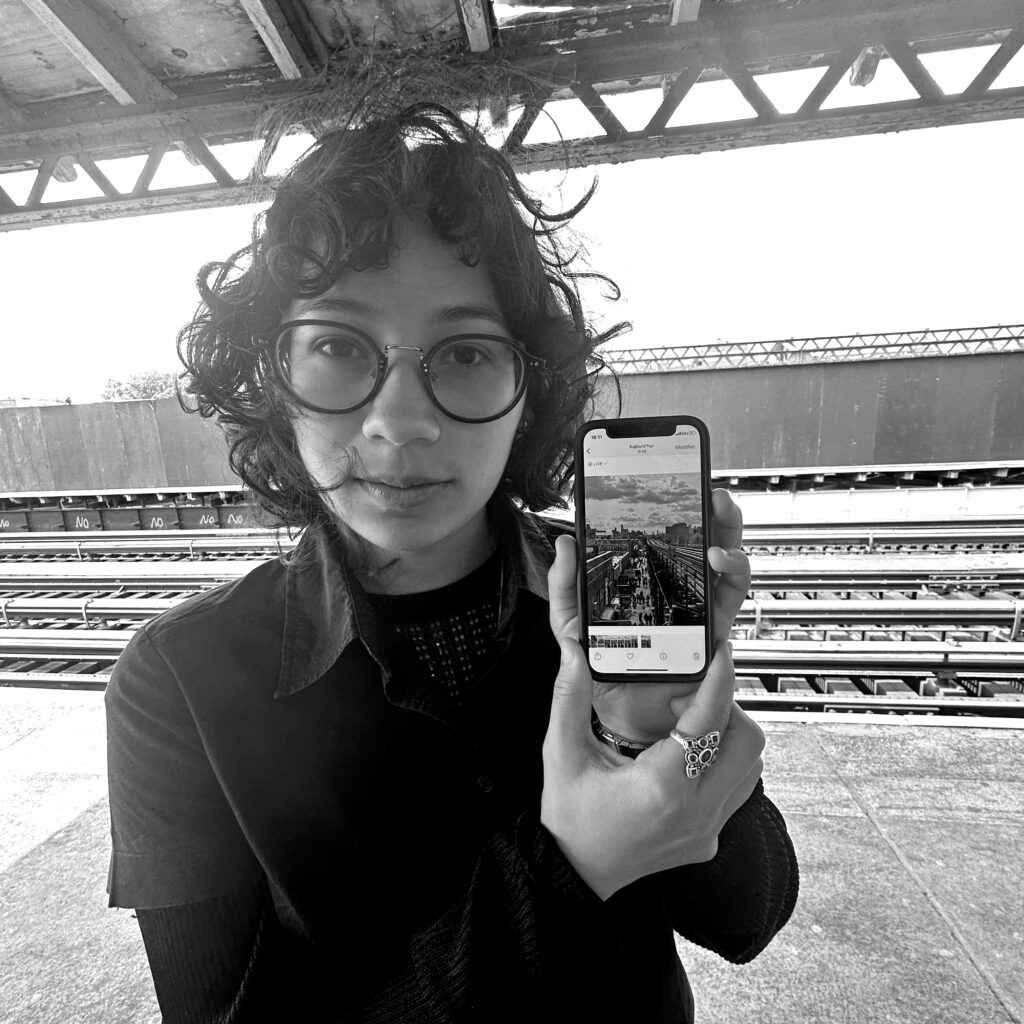
Emily is a new media artist working toward her BA in Art History and Film at Reed College. Her net art is at once a meticulous archival collection and a jumbled box of mementos living under the bed. In these digital fragments, Emily’s reluctance to let go of the past becomes a practice of grief and an exploration into obsession.

